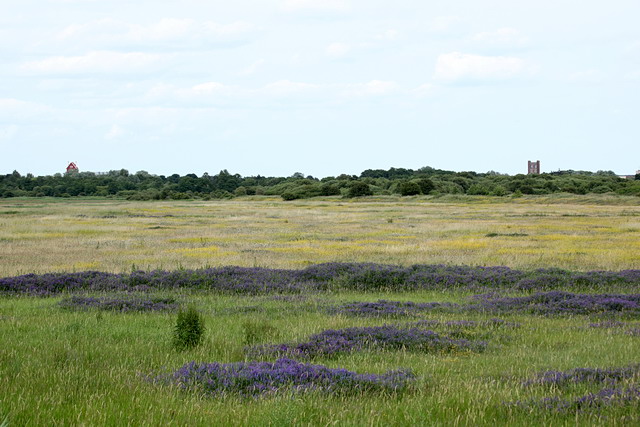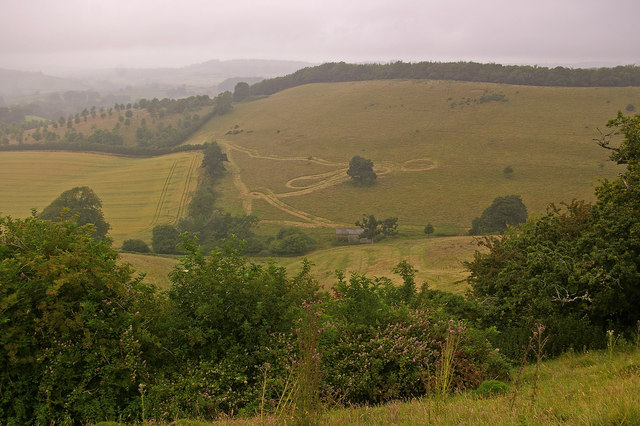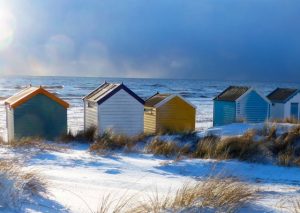
RSPB North Warren near Aldeburgh is an excellent and easy-to-access getaway if you want to enjoy the great outdoors in all its glory. There are many different habitats to explore, all within a relatively small area, using well-marked trails. Hear the Dartford warbler and woodlark while strolling through the heathland. Bitterns and marsh harriers can be seen among the reeds. The wintering wildfowl and breeding waders are supported by the grasslands, which are home to some of the only tundra bean geese in the country.
Sedge and reed warblers are found nesting on the marshy grassland during spring, in addition to redshanks and lapwings. A path runs through the grassland, where it is lively with reed warblers and sedge. There are marsh harriers and hobbies breeding on the reedbed, and scanning should provide views of them. However, bitterns are hard to spot. Wheatears can often be seen passing on the heath, along with green woodpeckers and woodlarks. The woodland and scrub areas are home to many nightingales and warbles, which can be heard and seen by patient observers.
Look for male marsh harriers delivering food to their young in summer, when females habitually travelling between feeding sites are easier to spot. Look out for martins, swifts, and swallows flying over the reedbeds. If you’re lucky, you’ll see various species of butterflies and dragonflies. Yellow-horned poppies and sea peas should be blooming on the shingle beach, and strollers will find stonechats and yellowhammers in full bloom on the heath.
In autumn, many waders pass through the area, followed by the first wintering wildfowl. Morning scrub areas may be home to a variety of passerine migrants, including whinchats, warblers, and wheatears.
Wigeons, European white-fronted geese, and gadwalls are all reliant on the marsh for feeding. Red-throated divers can be seen offshore as they winter off the coast. The songs of magnificent woodlarks fill the skies on moderate mornings in January. Starlings and marsh harriers are known to roost in the lovely reedbeds at dusk.
There are several footpaths connecting Aldeburgh and Thorpeness to North Warren, with trails ranging from 3 to 9 kilometres in length. Although you won’t find any hides, numerous viewpoints allow you to overlook South March and North Marsh and are available by permissive paths. It is recommended that you bring an Ordnance Survey map with you. You are welcome to bring your dog along on the public bridleways and footpaths.

How to Get to North Warren
The railway station nearest to North Warren is located in Saxmundham, approximately 10 km away. If you are cycling, follow the signs leading to Leiston and take the road to Aldeburgh. You will find many buses travelling between Aldeburgh and Saxmundham.
If you’re travelling by car, take the A1094 offramp from the A12, which leads to Aldeburgh town centre. Drive past the church and turn left when you come across Thorpe Road, which will take you to Thorpeness. As you leave the town, you’ll find a car park on your right.
As several footpaths take you through North Warren, you can easily reach this site on foot from both Thorpeness and Aldeburgh. Sandlings Walk and the Suffolk Coast Path are long-distance walks that both cross North Warren.
Accessible Nature Trails
Visitors can gaze upon the marshes from the car park and the path alongside the beach. You can also reach the old railway path effortlessly. The other trails are not accessible, but there are all-terrain wheelchairs available for hire.
Find other activities for people with disabilities here.
Get in touch with RSPB North Warren by contacting +44 1728 648281
Other wonderful RSPB Nature Reserves include RSPB Minsmere, RSPB Havergate Island, and RSPB Lakenheath Fen.
For other great birdwatching sites, see Birdwatching in Suffolk.
